Prenatal & Postnatal Massage: A Mother’s Healing Journey
| Authored by: Sanjana Tharwani |
| Reviewed by: Kapil Dhameja |
| Estimated Reading Time: 5 minutes |

You know how your phone gets a software update every couple of months? I feel pregnancy and motherhood are also like those software updates, but for your body. While the phone update thing is a 15-minute affair at best, this one? This one takes nine months, drains the whole battery (your energy), and does not come with an option to “cancel and restart”. And it doesn’t end there. You might feel that the system has stabilised, but then come the sleepless nights, body aches, and a tiny version of you who thinks 3 a.m. is party time.
We get it; the “joys” of motherhood are endless (okay, no, seriously, they are), but can someone also please bring the conversation around ‘rest’ and ‘recovery’ too?
As usual, that someone is none other than Ayurveda! Welcome to the land of prenatal and postnatal massage! No, no. This is not an optional spa day kind of thing. It is a genuine reboot button for mothers who deserve a little TLC while their system is going through such an intensive software update.
With that being said, let’s understand the ancient wisdom behind it, what they actually mean, how they’re done, and some essential precautions to keep in mind.
|
Table of Content |
The Ancient Wisdom of Massage for Mothers
The modern world sure sees pregnancy and childbirth as a medical event, but most traditional cultures around the world still see it as a deeply spiritual and communal journey. Massages were regarded as healing practices that were passed down from grandmothers and midwives, thus showing the importance of caring for the mother before and after childbirth.
-
In India, Abhyanga (oil massage) prescribed by Ayurveda continues to remain a common practice for expectant and new mothers to help restore balance and promote strength.
-
In China, “zuo yue zi” or “sitting/doing the month” involves strict rest and therapeutic massage to help new mothers recover and recuperate.
-
In Africa and Latin America, postpartum massage rituals are often combined with herbal compresses, belly binding, and nourishing diets.
No matter the region, the underlying wisdom remains the same: a mother must heal and replenish before she can fully nurture her child. Think of massage as the bridge between exhaustion and restoration and stress and serenity.
Prenatal Massage

What is a Prenatal Massage?
Whether you’ve heard this question before or you’re the one asking it, simply put, it is a therapeutic massage designed specifically for pregnant women. Unlike a regular massage, it is done with a focus on pregnancy-related discomforts while ensuring safety for both mother and baby.
Prenatal massages begin after the first semester, i.e., post the 12-week mark, and continue until the delivery, and keep changing as per the mother’s stage of pregnancy.
How to Do It
-
Positioning is crucial. Lying flat on the stomach is avoided. Side-lying or semi-reclined positions with supportive pillows are used
-
Gentle strokes are used instead of deep pressure, especially around the abdomen, lower back, and legs
-
Duration: Sessions can take 45-60 minutes, or as comfortable as the mother feels
-
Techniques: Effleurage (light stroke), lymph drainage, and light kneading to enhance circulation and alleviate swelling
Oils Used
-
Coconut oil: Cooling, light, and suitable for sensitive skin
-
Sweet almond oil: Vitamin E rich, inhibits stretch marks
-
Sesame oil: Ayurveda's favorite for both nourishing and grounding Vata imbalance
-
Essential oils (such as lavender) should be used in small, diluted amounts, but only under the guidance of experts
Benefits
-
Relieves back pain, leg cramps, and sciatica
-
Improves circulation, reducing swelling in feet and hands
-
Balances mood by lowering cortisol (stress hormone) levels
-
Prepares muscles and joints for labour
-
Promotes better sleep and relaxation
Precautions
-
Avoid pressure points known to trigger uterine contractions (ankles, wrists, lower abdomen)
-
Must be performed by a certified prenatal massage therapist
-
Women with high-risk pregnancies, preeclampsia, or a history of preterm labour should consult their doctor first
Postnatal Massage

What is Postnatal Massage?
While the prenatal massage is about preparing the body, the postnatal massage is all about repairing it. It begins after childbirth. About a week or two post a normal delivery and around 6 weeks after a C-section (with medical approval).
Here, the aim is to restore strength, balance the hormones, and support emotional well-being while helping the mother adjust to her new role.
How to Do It
-
Timing: Typically practised daily for 40 days post-delivery in Ayurveda and Indian tradition
-
Technique: Firm yet soothing strokes across the abdomen, back, and limbs. Belly binding may be followed to aid abdominal muscle recovery
-
Environment: Warm, quiet setting to calm both mind and body
Objective
-
Rejuvenation of the mother’s body after delivery
-
Strengthening back and core muscles
-
Improving lactation by stimulating circulation
-
Relieving postpartum stress and anxiety
Oils Used
-
Mustard oil: Traditionally used in Indian households for its warming properties
-
Castor oil: Helps reduce inflammation and ease joint pain
-
Ayurvedic medicated oils, such as Dhanwantharam Thailam, Balashwagandhadi oil, or Narayana oil, for deeper healing
-
Coconut oil: Gentle and cooling, suitable for mothers with sensitive skin or Pitta imbalance
Benefits
-
Decreases water retention and bloating
-
Accelerates muscle and tissue recovery
-
Relieves aches in the body, stiffness in joints, and fatigue
-
Enhances blood flow and skin elasticity
-
Encourages emotional equilibrium, decreasing the risk of postpartum depression
Precautions
-
Steer clear of intense massage right after a C-section until approved by the doctor
-
Make sure oils are safely used for the skin and warmed before they are applied
-
Maintain the room warm to avoid chills
-
Gently start always; the new mom's body is sensitive
Ayurveda’s Perspective on Pre & Postnatal Massage
According to Ayurveda, pregnancy and childbirth are times of increased Vata dosha (air and space element), which means dryness, fatigue, and instability. Hence, massaging with warm oils is considered the most effective way to calm Vata.
During the prenatal stage, gentle Abhyanga with coconut or sesame oil helps to strengthen joints, calm the nervous system, and also nourish the fetus.
During the postnatal stage, daily Abhyanga with medicated oils for 30-40 days helps to rebuild Ojas (vital energy), improve lactation, and also accelerates tissue healing.
Pro Tips:
-
Infuse special herbs like Ashwagandha, Bala, and Dashmool into the oils for additional strength and immunity.
-
To help with the mother’s overall recovery, Ayurveda also recommends pairing the massage with dietary rituals like warm soups, ghee, and herbal tonics.
Precautions & Professional Guidance
Massage during and after pregnancy is extremely effective, but when done with the right care and consultation.
-
Consult your gynaecologist before starting any massage routine.
-
Choose certified therapists trained in prenatal and postnatal care.
-
Avoid DIY deep massages during pregnancy as incorrect techniques can cause more harm than good.
-
Personalisation matters. Every pregnancy and delivery is unique. What worked for your mother or friend may not be suitable for you.
Remember, massage complements but does not replace medical care. It should always be part of a holistic recovery plan.
Conclusion
Motherhood is transforming, but also draining. Though taking care of a newborn becomes the main priority, mothers also need to take care of themselves. Prenatal and postnatal massage provide a safe, natural, and deeply restoring method of handling the body's and mind's obstacle posed by pregnancy and postpartum.
From alleviating back pain during pregnancy to assisting in the return of strength post-delivery, massage is not a luxury; it's medicine in its finest form, based on touch and empathy.
As Ayurveda so aptly reminds us, when a mother recovers, she lays the groundwork for her child's health. Spending money on your recovery with massage is not selfish; it's a labor of love for both baby and mother.
Recommended Products
Ayurvedic Cellulite & Stretch Marks Products
Related Articles
Uncovered: Which Ancient Civilization Actually Invented Massage?
Ayurvedic Therapies 101: Erase Stress, Toxins & Fatigue
The Ultimate Hair Growth Secret: Amazing Benefits Of Scalp Massage
All About Body Oil Massage In Ayurveda
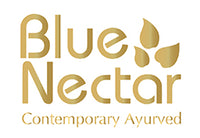

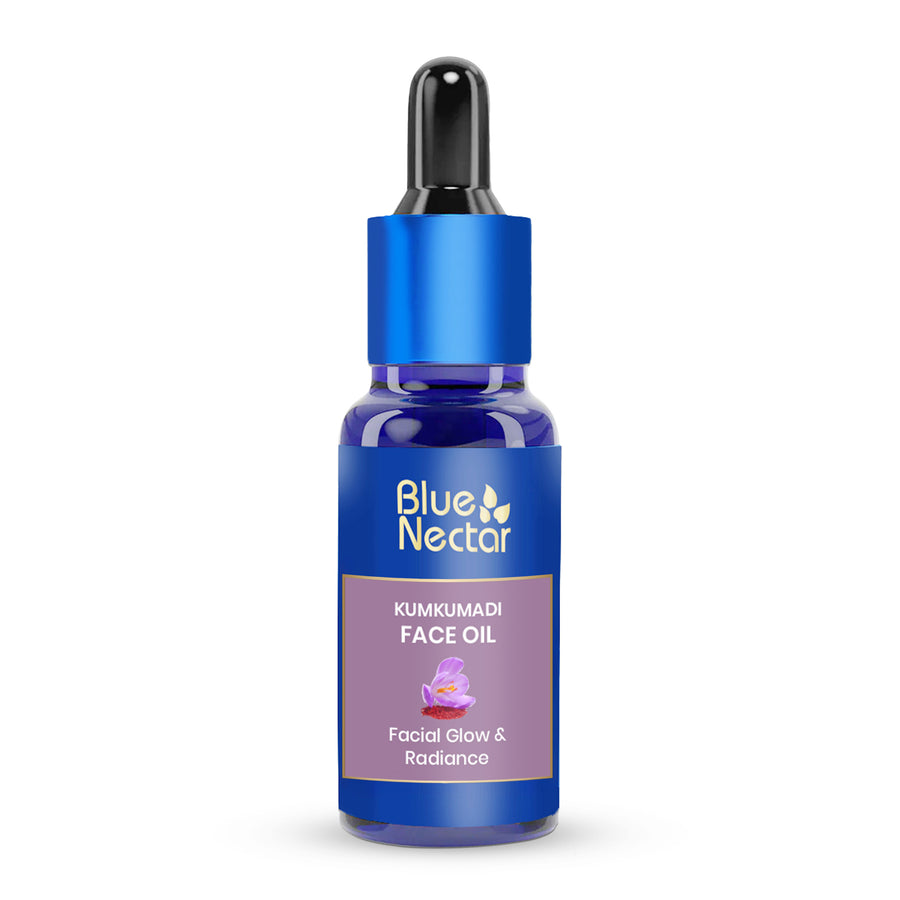
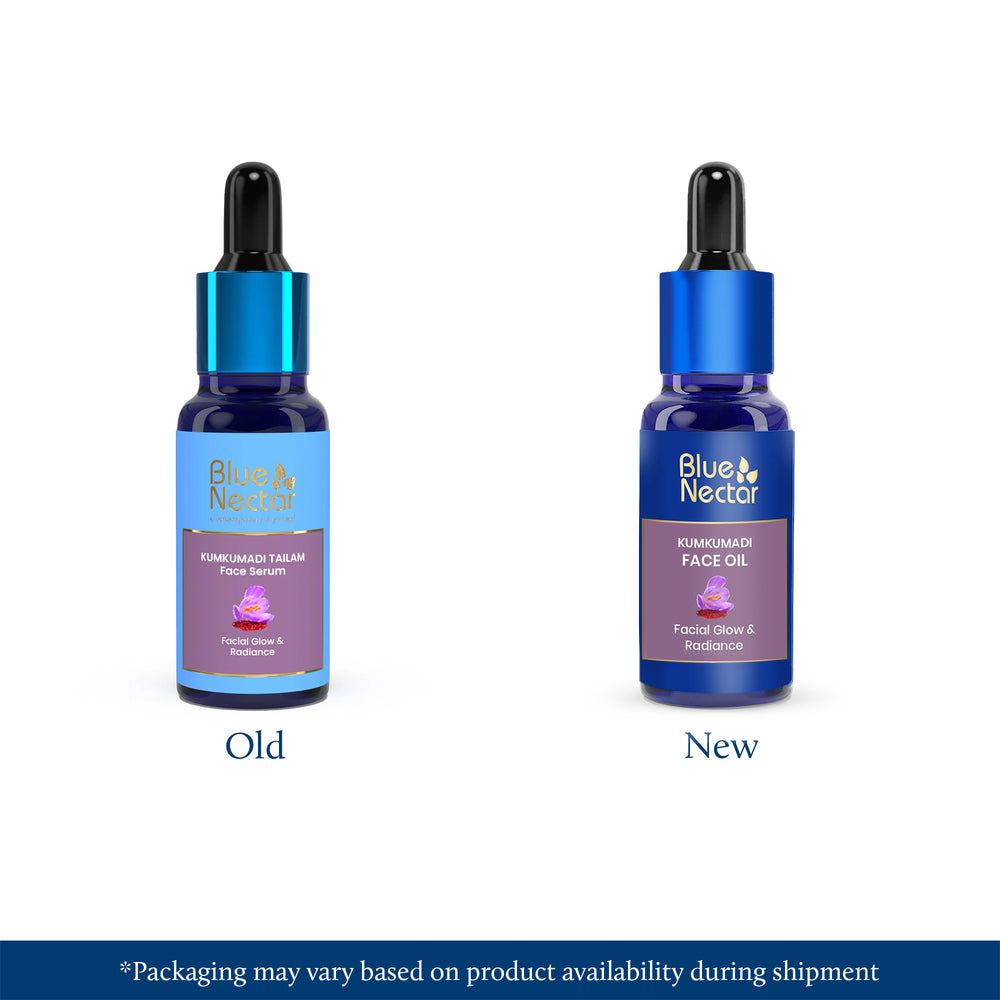
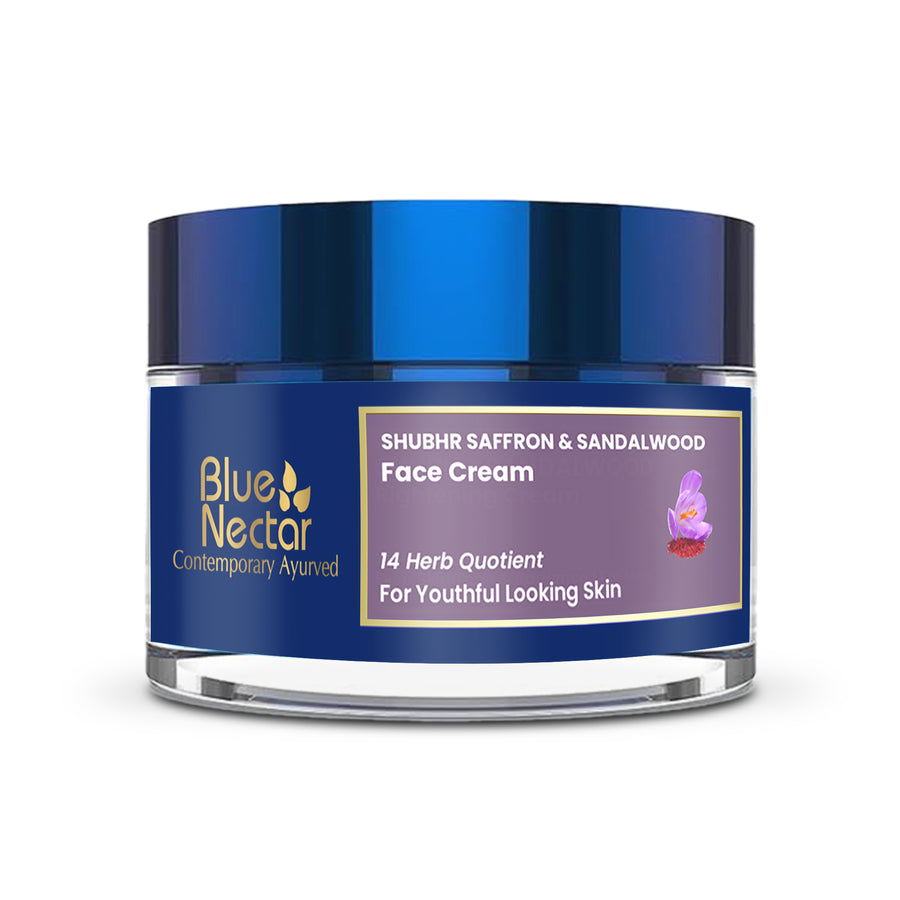
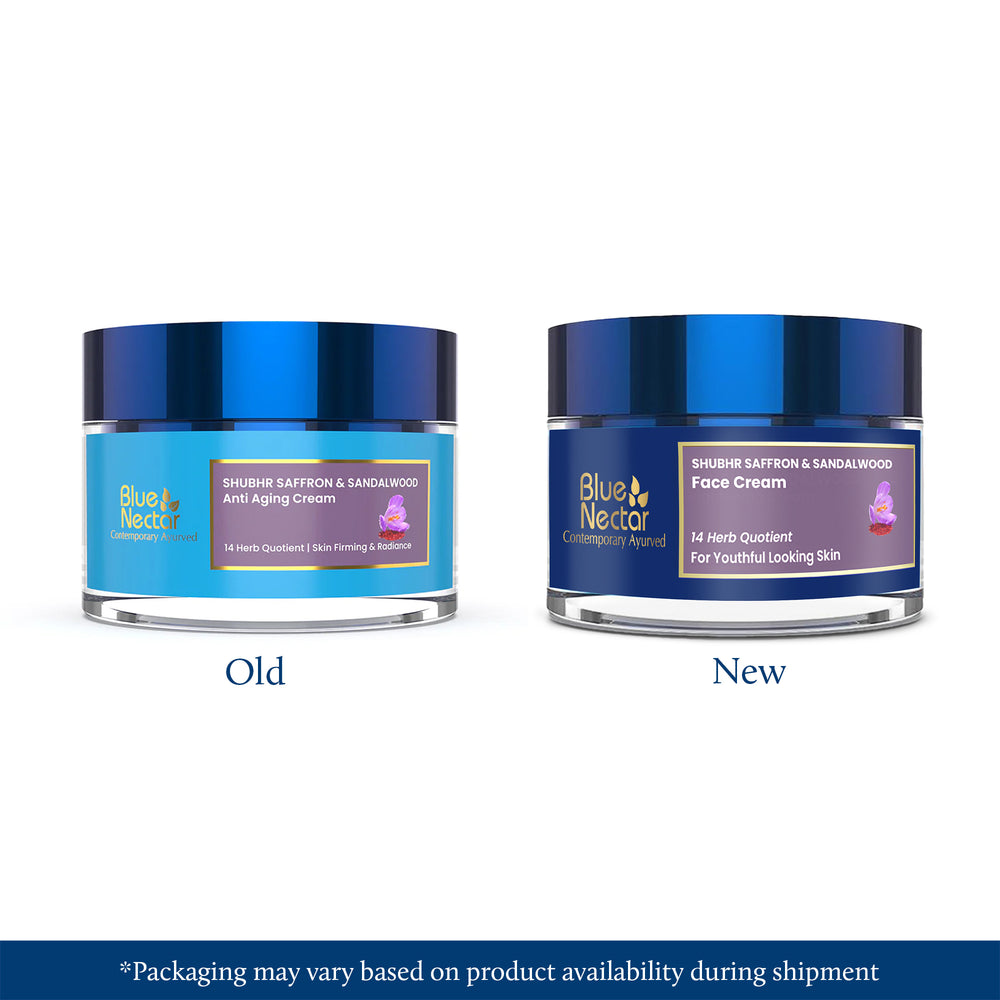
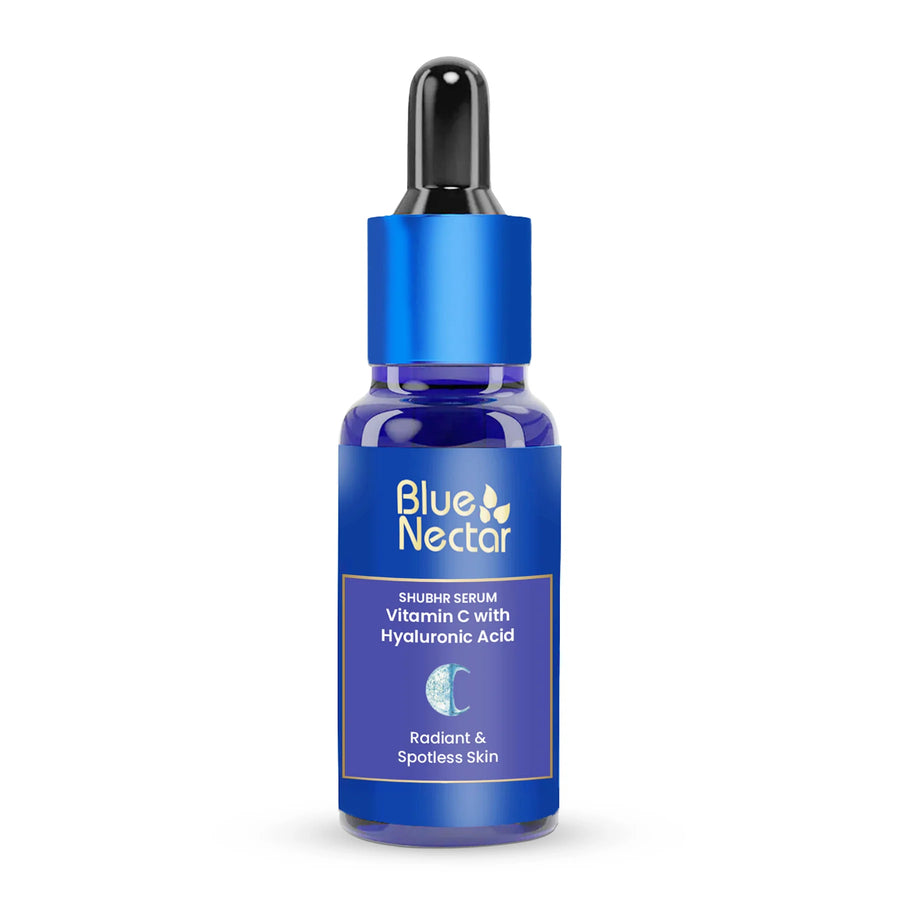
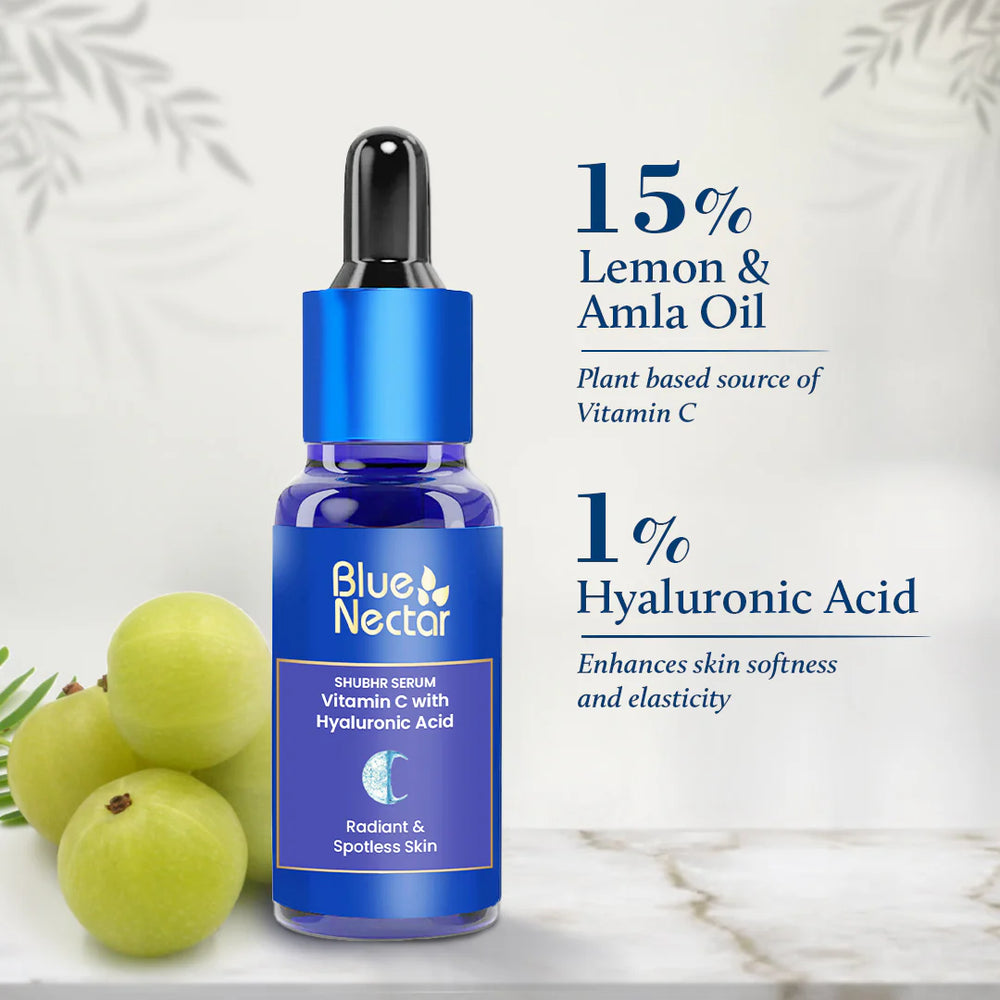
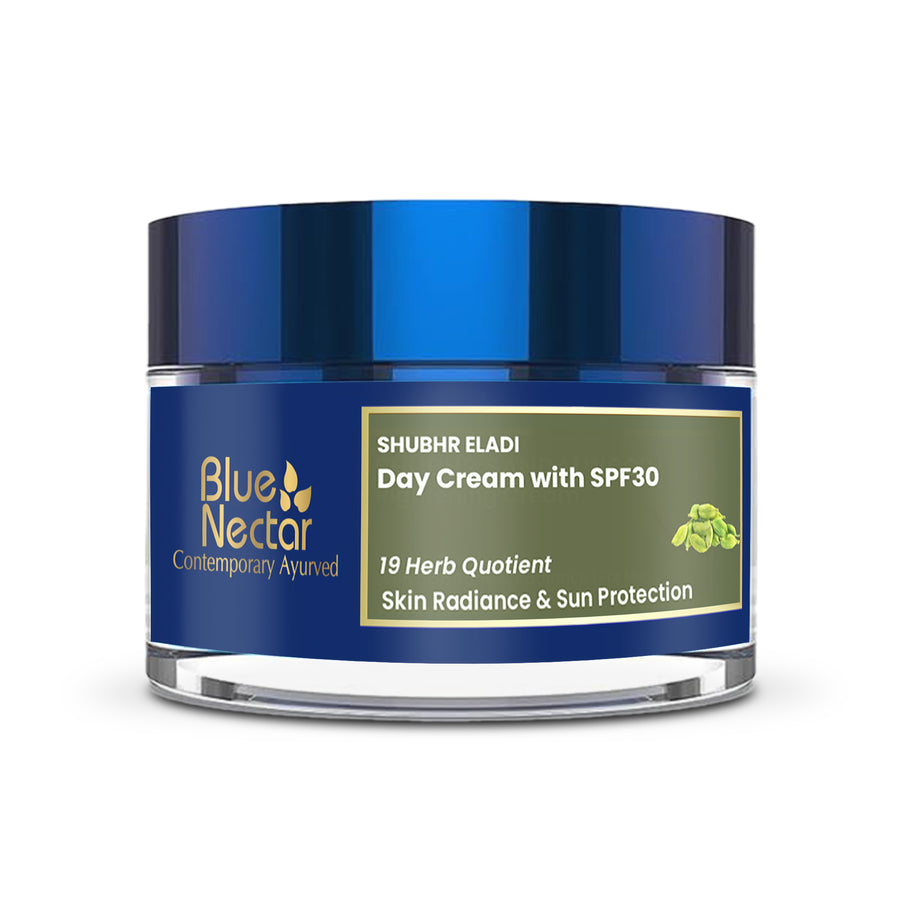
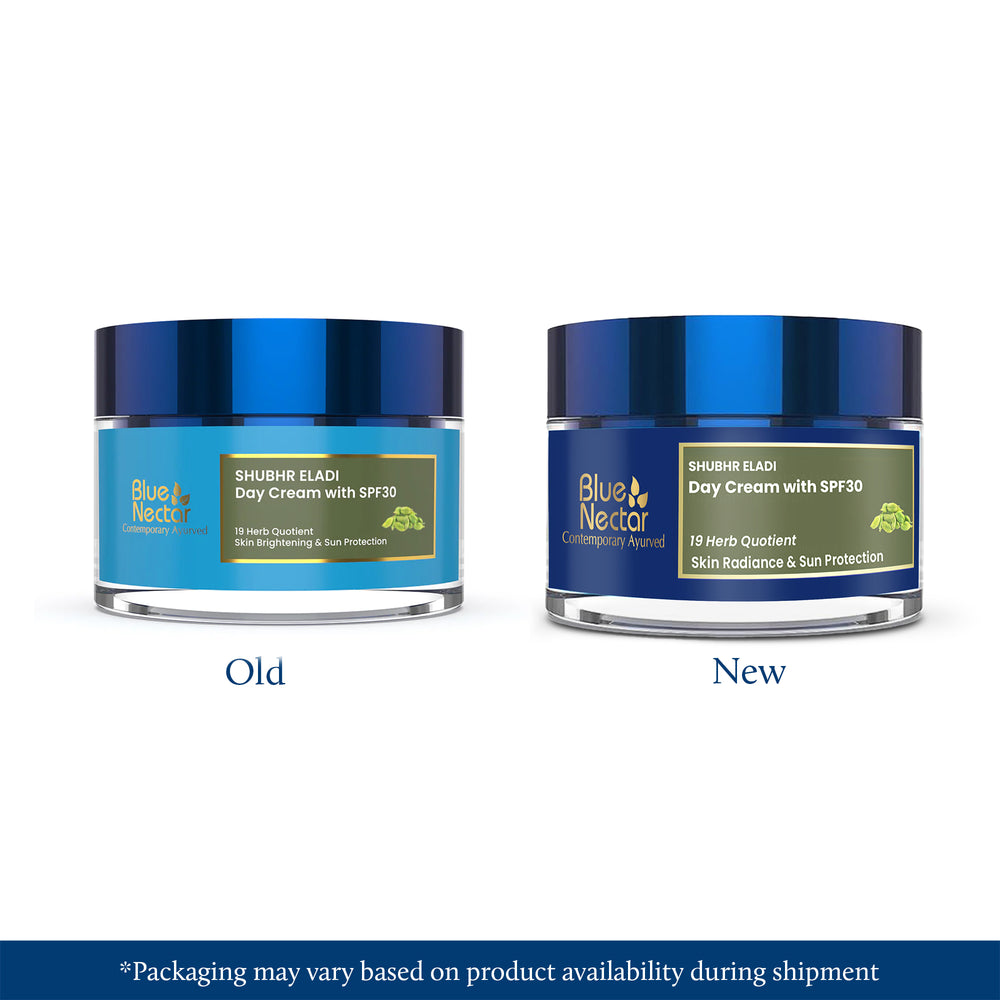
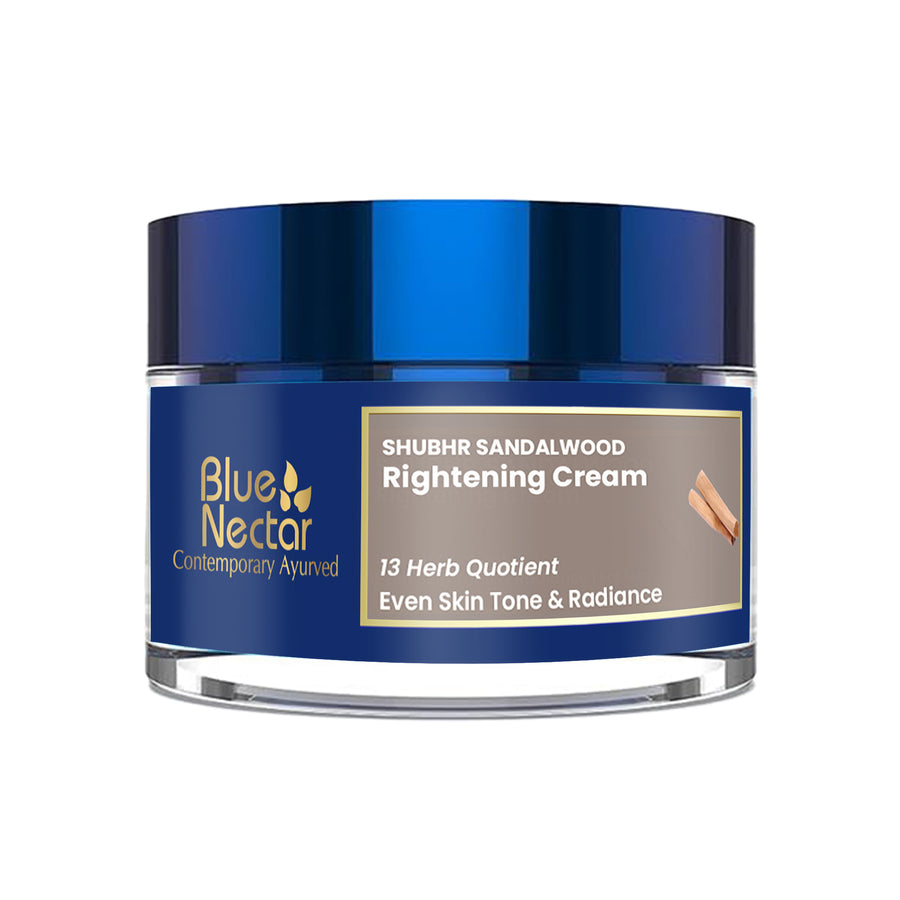
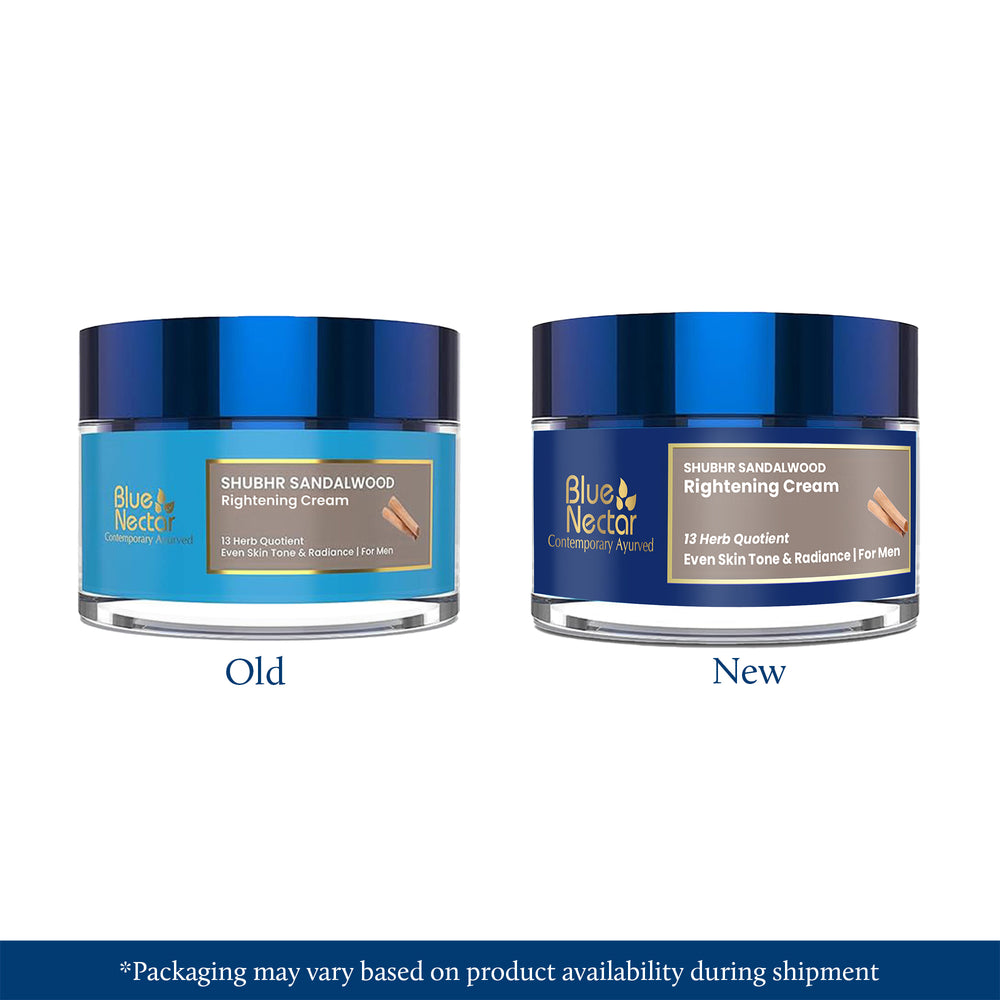




Leave a comment